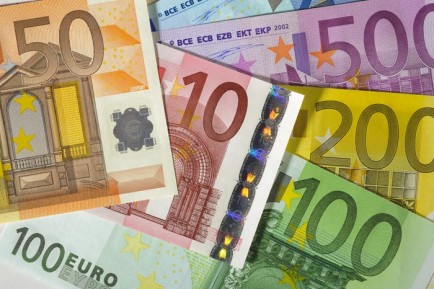
Spanish households have loosened the purse strings in the past few months.
Economists have a variety of means and methods to measure the financial health of a country. The most obvious ones – employment rates and Gross Domestic Product (GDP) – provide a broad overview of performance, but there are a few more specific metrics that can offer a better indication of how the average citizen is faring…
One of those is household expenditure as a proportion of the GDP, ie, how much of a country’s economic output is being powered by the cash coming out of, and going into, the pockets of the typical family.
In Spain, new data from the Institute of National Statistics (INE) has found that in the second quarter of the year, household expenditure doubled against the first quarter, reaching 0.7% of GDP.
Now, while this figure does not seem so large, economists say that it is actually a fantastic performance from Spain, and indicates that the typical household is spending far more on everyday essentials such as groceries and leisure activities, but also much more on treats such as retail, car purchases and travel.
The doubling of this growth is reflected in Spain’s job creation, which also rose 0.9% in the second quarter, and thus underpins this injection of confidence coursing through the veins of most Spanish households.
This data means that Spain’s economic growth is far outstripping that of all other Eurozone nations, and means that the government is likely to once again revise upwards its GDP growth forecast for the year to more than 3.2%.
Economy Minister Luis de Guindos said last week after the data was released that the current forecast is “too prudent” and will be revised upwards in the new budget plan.
Since the start of 2017, Spain has added 480,000 new jobs and expanded its real estate, tourism and industrial sectors to almost pre-crisis levels.
 en
en



 Vlaams-Nederlands
Vlaams-Nederlands
0 Comments
Leave a Comment
DISCLAIMER
The opinions and comments expressed by contributors to this Blog are theirs alone and do not necessarily reflect the views of VIVA Homes Under the Sun Ltd, any of its associated companies, or employees; nor is VIVA to be held responsible or accountable for the accuracy of any of the information supplied.
Have you got something to say?